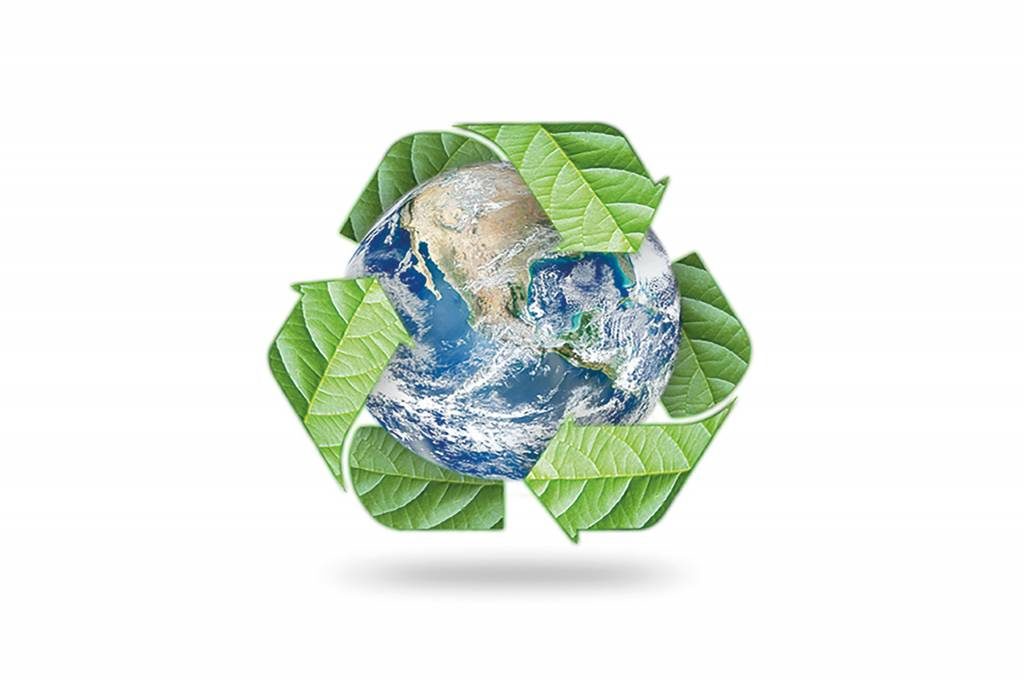- Green and Clean: consumers want brands to demonstrate a proactive and holistic approach to sustainability across the whole of the supply chain
- Back-to-Basics: Consumers want products that they deem to be 100% natural and free from ingredients detrimental to them or the environment
- Earth Aware: Consumers want brands and individuals to take a collective approach when it comes to issues such as climate change
- Sustainable Living: Consumers are adjusting their dietary habits to behave in a more environmentally-friendly manner.
Enter COVID-19, and additional priorities emerge. Hughes reported that packaging is seen as crucial when it comes to food safety, and 45% of U.S. consumers (and 49% of consumers globally) say their attitudes to packaging have changed as a result of the pandemic. “Changing attitudes means that packaging innovations based around safety and sustainability will be particularly appealing to consumers,” Hughes told attendees at the event.
Taking a closer look at the impact of COVID-19, Cheryl Baldwin, Ph.D., VP, Sustainability Consulting at Pure Strategies, spoke to attendees at the #NaturallyInformed event about both short- and long-term shifts. One COVID-caused shift that will be fleeting: The move away from reusable bags at the retail level. Baldwin noted that when interest in sustainability issues first started to gain steam, conversations focused on shopping bags. “What we’ve seen in the last few years is really a shift away from thinking about this single use option versus that single use option, and instead thinking about reusable options.” This is an area that was gaining momentum in the last few years, Baldwin said, but some retailers halted use of reusable bags during the pandemic out of an abundance of caution. That’s temporary—reusable bags are expected to make a comeback.
Beyond bags, Baldwin reported: “The idea of shifting to reusable packaging was starting to take hold in other places of packaging marketplace, including foodservice as well as consumer goods. The pandemic also had an impact here.” In terms of reusable options for consumer goods, Baldwin said, there’s increased activity. “One of the programs that I’m seeing continued growth in is the TerraCyle Loop program.” Loop is a global waste-free shopping system using “the milkman model”—consumers buy products in zero-waste packaging that can be returned and refilled. What appeals to consumers even more in the age of COVID, according to Baldwin: “It meets that dual purpose of providing hygiene at an important time, as well as offering sustainability attributes.”
State of RecyclingReusable may be on the rise, but is still a niche marketplace, Baldwin said. The larger focus for companies right now is on making packaging more recyclable. “Designing for recyclability can be a bit complicated,” she acknowledged. “There are a couple of key strategies that companies are taking.” Summing up those strategies:
- Starting with material that is compatible with the recycling system. Baldwin gave the example of Colgate, which redesigned its toothpaste tube to be made of high density polyethylene (HDPE), instead of the traditional mix of plastics and metal that is not recyclable.
- Avoiding use of materials that can contaminate the recycling stream or make the package not recyclable. One example: some paper packages are coated in plastic, making the package not recyclable. Manufacturers are taking care to avoid such packaging designs, and new innovations are making that easier to do.
In terms of material options like algae, biofilm, cork, and collagen proteins, Baldwin said, “A lot of the material solutions come down to application and how it will be managed when the package is done being used.You have to think about, will the consumer really compost that package in the end? So is that really the right solution? Think through the whole picture of how the package fits and what the best solution might be. That’s the way we’re starting to see some of the innovations happening.”
Closing the LoopMaking a package recyclable isn’t the whole picture, Baldwin stressed. “The packages need to be recovered and recycled.” Baldwin pointed to data showing that recycling rates have been on the rise in the U.S., with approximately 50% of packaging and containers being recycled. Most of that comes from paper and cardboard, though. When it comes to plastic, the percentage plummets: Only 13% of plastic packages are recovered in the U.S. And COVID-19 has been linked to a decrease in recycling.
“There’s a lot of work to do to make sure the package is recovered and turned in for maximum material recovery,” Baldwin stated. “Companies are starting to invest a lot more in this part of the packaging system. So not just designing packages that are recyclable, but also being sure that the systems are in place to capture that material in the end. That includes everything from educating the consumer with appropriate labeling to investing in the infrastructure and systems on the ground that are going to be collecting that material.”
As an example of progress being made, Baldwin pointed to The Ellen MacArthur Foundation New Plastics Economy. That initiative, which unites more than 850 organizations (including Danone and Unilever), has a vision that is supported by three key actions: eliminate the plastics we don’t need; innovate to ensure that the plastics we do need are reusable, recyclable, or compostable; and circulate all the plastics we use to keep them in the economy and out of the environment. An overview on the website says, “We need to move away from today’s linear take-make-waste model and fundamentally rethink the way we design, use, and reuse plastics. A systemic shift tackling the root causes is required: a transition towards a circular economy for plastic, in which it never becomes waste or pollution.”
The foundation offers resources on its website to help companies make the shift, and U.S. companies looking for more information can check out The U.S. Plastics Pact. Goals include:
- Define a list of packaging to be designated as problematic or unnecessary by 2021 and take measures to eliminate them by 2025.
- By 2025, all plastic packaging is 100% reusable, recyclable, or compostable.
- By 2025, undertake ambitious actions to effectively recycle or compost 50% of plastic packaging.
- By 2025, the average recycled content or responsibly sourced bio-based content in plastic packaging will be 30%.
Companies looking at the big picture are digging in. Baldwin used fiber as an example. “Sourcing fiber sustainably is another area where there has been years worth of effort. Many of the companies that have had targets on sustainable sourcing for fiber are starting to meet their sustainable sourcing targets for fiber. But the challenge is that deforestation is still happening. So setting goals for sourcing fiber sustainably in your supply chain hasn’t been enough. What’s happening now is companies are looking at that next level…so if making sure our supply chain is deforestation-free isn’t enough, then what needs to happen? Companies are looking at the more regional or landscape-based approach to ensure that the overall area that they’re sourcing from isn’t having deforestation. So they’re looking at the policies and infrastructure and market system to be sure that what their aims are for deforestation-free are being met more completely.”
Hughes and Baldwin pointed to a hopeful future. “I feel like we’re in a place of renewed hope because unlike any time before we’re seeing a substantial amount of focus and energy in tackling some of the tough challenges around circular economy for packaging, looking at recyclable, reusable and compostable packaging and investing not just in the design of materials and packages,” Baldwin said, “but investing in the infrastructure and systems to make them scalable at a place that those solutions are realized in a meaningful way.” For more insights, view these talks and more from the #NaturallyInformed eventDriving Value Through Sustainability Across the Supply Chainon demand atNaturallyInformed.net.WF










